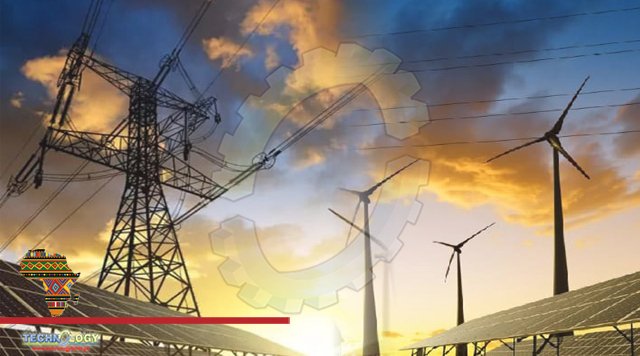Niger, with World Bank support, on Tuesday launched a major renewables route to electrification, with the goal of reaching 80-percent coverage by 2035.

The $317.5-million “Haske” project, (“Light” in the local Hausa language) aims to “accelerate access” to electricity for urban and rural households as well as to health and education establishments and businesses, renewables route to electrification, Energy Minister Ibrahim Yacoubou said at the launch in Niamey. The scheme includes the expansion of the use of solar photovoltaic energy, which is in abundant supply in the landlocked West African nation. Currently, wood-burning provides nearly 80 percent of the energy used in Niger households for lighting and cooking. Two-thirds of the impoverished country of 22 million people is desert, and the “harmful effects of climate change” are making matters worse, The current rate of access to electricity throughout the country is just 17.5 percent, according to the energy ministry.
The new drive will help that rise to 30 percent by 2026 and to 80 percent by 2035, the ministry said. To free itself from its heavy energy dependence on neighbouring Nigeria, renewables route to electrification, Niger is also working to complete its first dam on the Niger River by 2025. When completed, it is expected to provide 629 gigawatt hours of electricity annually. In addition, the EU and the French Development Agency will co-finance the construction of another hybrid power plant at a cost of 32 million euros ($32 million) in Agadez, a major city in northern Niger that is regularly plunged into darkness. Its construction will allow the city, a UNESCO World Heritage site, to revive its economic and social development after a decline in tourism due to jihadist attacks in the Sahel, according to local authorities.
Source: This news is originally published by africaninsider